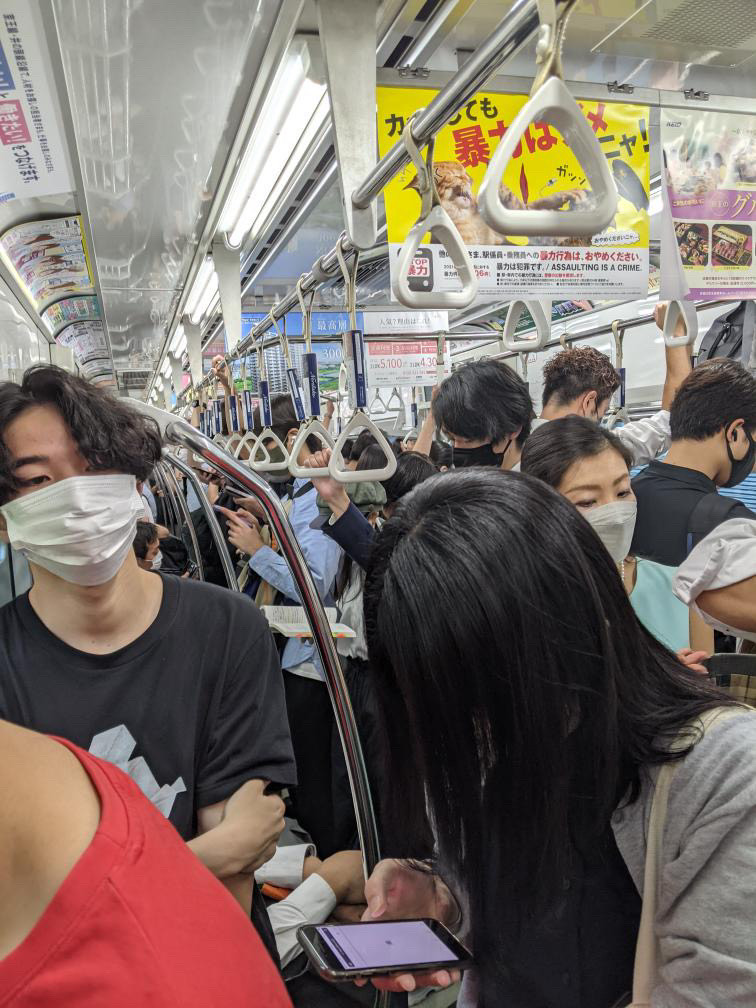
Navigating Rush Hour In The World’s Largest City
Now that I have started taking classes in Tokyo I have been able to experience the city in a new perspective. The city comes alive at different times of day in a unique way to what I have experienced when studying in Chicago. Tokyo experiences several explosions of traffic in a day, and it has a way of forcing you to conform to the cyclical nature of the day.
It all starts with the morning commute. Since there is so much reliance on public transportation the morning rush hour is not defined by blaring car horns and traffic jams. Instead the traffic is seen in the crowds of people entering and exiting the local stations, so the real congestion is experienced underground. This is typically from 7-9 am, and since so many of the stores and restaurants are locally owned, it means that a lot of places do not open until 10 am. At this time the city goes into a bit of a lull until around noon. At noon many restaurants that were still closed open their doors for lunch hour crowds. At this time there are noticeably more people on the streets again, however, the increase in foot traffic is now almost exclusively seen above ground. The city once again enters another lull until around 5pm when people get off work and another eruption of people take the streets and subways. At this point restaurants that have closed after lunch will reopen with their dinner exclusive menus, and the city remains vibrant for a few more hours until most people are able to get home to repeat the cycle.
What I have described sounds pretty typical for any large city, but what makes Tokyo special is the sheer scale and contrast in these times. First of all, Tokyo’s very high population density combined with its first class public transportation unsurprisingly is responsible for these busy rush hour times. These qualities also contribute to the flourishing of local businesses and especially restaurants. Many people are too busy to prepare their own meals, so there is a high demand for restaurants and this high demand combined with plenty of competition keeps prices relatively low making going out for lunch an even more enticing option for people. Since so many restaurants are closed outside of these times of high traffic, it forces you to eat at those times even if your schedule would have otherwise allowed you to avoid doing so, adding to the already high amount of traffic. It’s even more prevalent after working hours. With so many people, especially young people without children, in Japan there really isn’t a reason to take the time to cook at home when you can get something to eat on your way home. Since people aren’t speeding past restaurants in their cars, it makes it extremely convenient to stop by one of the many restaurants on your way home.
In conclusion, it seems that Tokyo caters itself so much to the schedule of the majority that it forces everybody to abide by the same schedule. Whether this is the result of the cliche of Japan being a “collectivist society” or the effects of capitalism being felt I am not sure, but it is definitely a unique experience from what I have felt living in Chicago.
